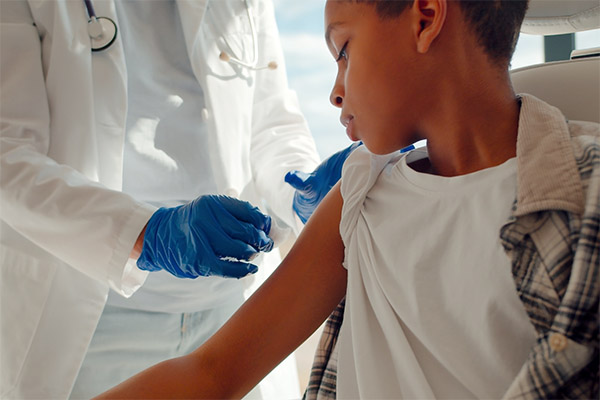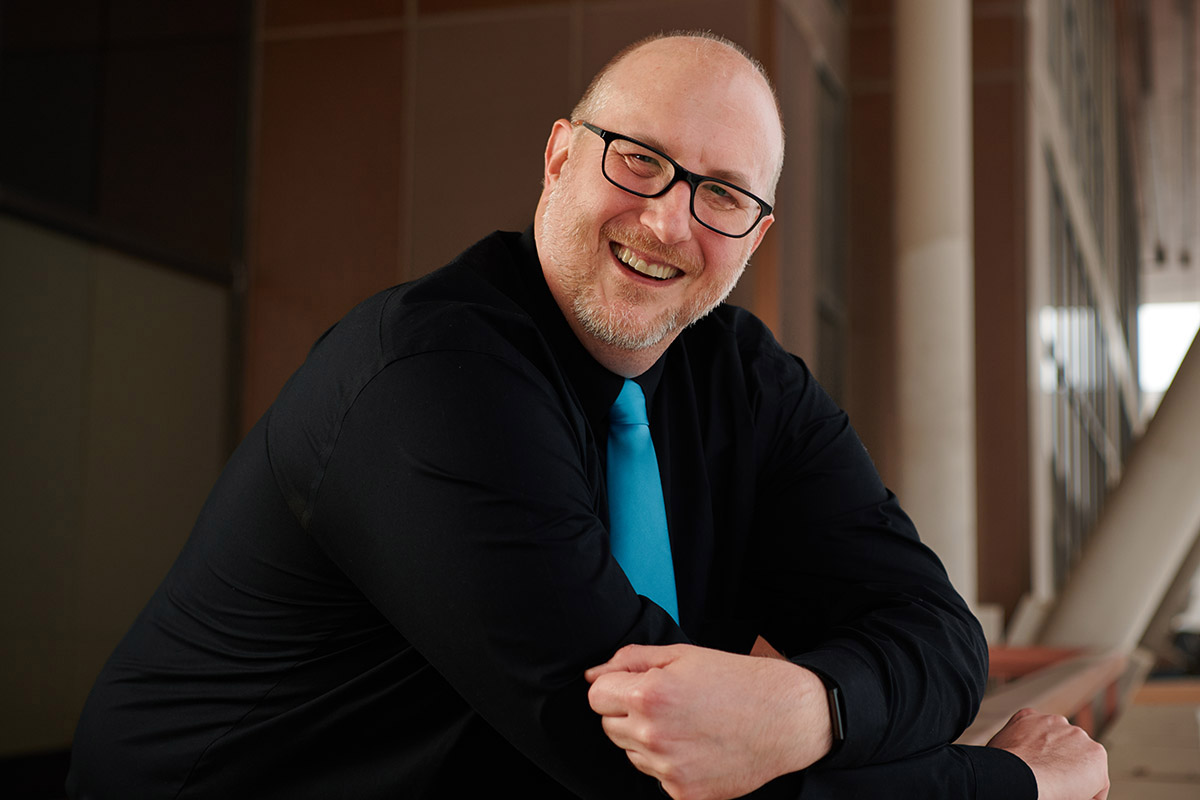We have the science, we have the technologies, we have vaccines, we have screening tools to prevent HPV-related cancers, and we have the hope of a world where we can reduce these cancers.
Winship researcher Robert A. Bednarczyk, PhD, sees hope for a world with fewer HPV-related cancers through the promise of HPV (human papillomavirus) vaccination. A member of the Cancer Prevention and Control Research Program at Winship Cancer Institute of Emory University and associate professor in the Hubert Department of Global Health and Department of Epidemiology at Rollins School of Public Health, Bednarczyk focuses on preventing cervical cancer and other diseases caused by HPV by increasing the acceptance and uptake of vaccination.
HPV is a family of about 200 different viruses that can cause a wide variety of diseases. It is most frequently transmitted through sexual contact and is the most common sexually transmitted infection, affecting virtually every person who has ever engaged in sexual activity. Although the body eventually clears most types of HPV, several types can cause a number of diseases, including six different cancers: cervical, anal, vaginal, vulvar, penile and oropharyngeal cancer. “Every year in the U.S. we see about 40,000 new cases of these cancers, and most of them can be prevented through HPV vaccination,” Bednarczyk says.

The HPV vaccine has been in use for nearly two decades. Bednarczyk says it was tested extensively from clinical trials through studies of millions of people. “Every one of those studies has confirmed its effectiveness and its safety,” he says. “It really is one of the best and most effective vaccines that we have.”
The American Cancer Society and the American Academy of Pediatrics recommend HPV vaccination for girls and boys starting at age nine. However, despite the vaccine’s strong record of safety and efficacy, some parents remain uncomfortable about HPV’s association with sexual activity and worry it might encourage their child to become sexually active earlier than they deem appropriate for their child.
Bednarczyk says, “The important thing to remember is a vaccine works when it’s given before exposure. Just like when we get in the car, we put on our seatbelt before we start driving, we don’t wait until we see the car in front of us hit their brakes and their brake light up to say, ‘Oh, I should put my seatbelt on now.’ We do that as a matter of prevention just in case. And that’s what these vaccines are. They’re a matter of prevention that we should be doing before anybody could be exposed to these viruses.”
For this reason, much of Bednarczyk’s research focuses on finding ways to increase the uptake of HPV vaccination. “The work we do is really trying to speak with members of the community, speak with parents to help them understand the importance of these vaccines and how safe and effective they are.”
Bednarczyk says, “Where science becomes hope for me is focused on the ‘becomes.’ We have the science, we have the technologies, we have vaccines, we have screening tools to prevent HPV-related cancers, and we have the hope of a world where we can reduce these cancers. The ‘becomes’ is the work that we’re doing now: How can we make sure that people are using these vaccines? How can we be sure that people are getting the screenings that they need to prevent these cancers?”
Winship is where science becomes hope.
Who have you observed inspiring hope in our patients, our team or our community? We would love to hear from you. If you have a story to share about someone inspiring hope at Winship, reach out to us using this form.

